Apparently, I’m picking some real winners of experiments to try with the kids. I figured building a house of cards wouldn’t be that difficult.
I was wrong.
We were able to make a few ‘teepees’ out of the cards, but before we could get much farther, they would all collapse…however, it drove home the entire point of the experiment overall, so in that sense it worked out perfectly!
Question of the Week… What will happen if a key card is removed from the card house?
Items we used for this experiment:
~ deck of cards
~ brainpower and patience {the latter sadly lacking in our house}
Predictions and Experiment…
Each of the kids made a prediction about what would happen…which wasn’t too difficult, considering we couldn’t even get a card house built! Their prediction was that it would fall ~ and that it did!
Before we started the experiment, we talked about force {pushing or pulling on an object}. We tried putting our fists together in front of us and seeing what would happen when the force from one arm was more than the force from the other. I also demonstrated force by having Zachary try to stand up from his chair while I pushed down on his shoulder.
The kids each took about 7-10 cards and tried to build a card house with it {two teepees on the bottom, a card laying on top of them and another teepee on top}.
Mommy tried rather unsuccessfully to build just one. Every time I tried to build the second part of the house, the first one would fall. Zachary was the only one who managed to get two standing up together.
Eventually we tried creating different styles of card houses and Laurianna was able to make one that was a little more square in style {notice the tongue concentration with both her and Zachary ~ grins}.
The Nutshell Reason…
Force {push or a pull} can put an object in motion or change speed or direction of a moving objects. Objects also put force against each other and can balance if the forces are equal. Obviously the stronger force wins and will push the other object in the direction that it is going.
After the Experiment…
Once we finished our experiment and talking about why things were happening the way they were {force, balance, etc…} the kids answered a few questions on their observation sheet from the book and illustrated what happened during our experiment.
 Resource: How to Do Science Experiments with Children is available from Amazon and you can also check it out {and do some of the experiments} using Google Docs! The experiments use easy-to-find objects and also include record sheets for kids to fill out with their predictions and experiment results. Each experiment also includes teaching tips and explanations…which are rather handy! :) Don’t forget to check out some other great science ideas at Science Sunday hosted by Ticia at Adventures in Mommydom.
Resource: How to Do Science Experiments with Children is available from Amazon and you can also check it out {and do some of the experiments} using Google Docs! The experiments use easy-to-find objects and also include record sheets for kids to fill out with their predictions and experiment results. Each experiment also includes teaching tips and explanations…which are rather handy! :) Don’t forget to check out some other great science ideas at Science Sunday hosted by Ticia at Adventures in Mommydom.



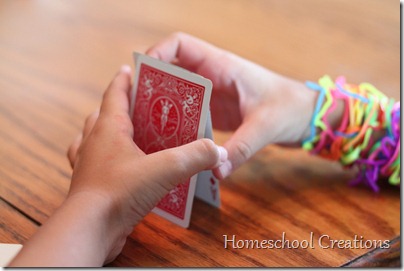
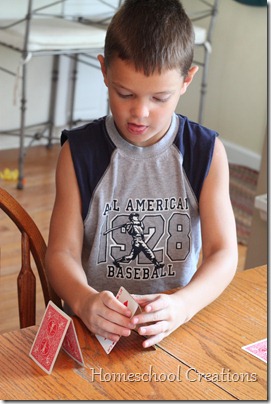
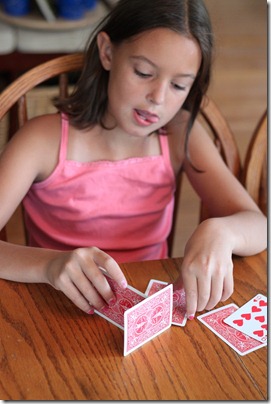


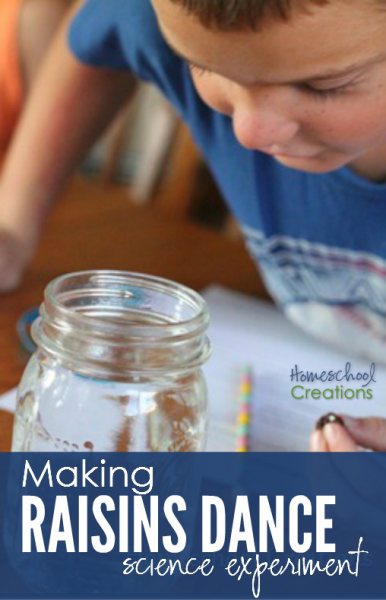

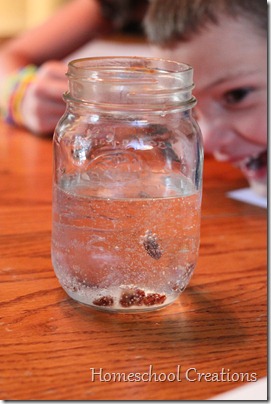
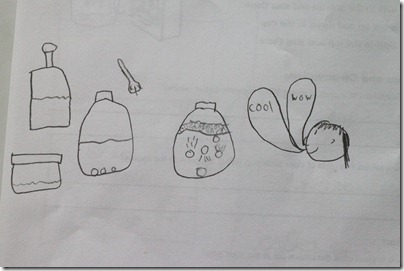
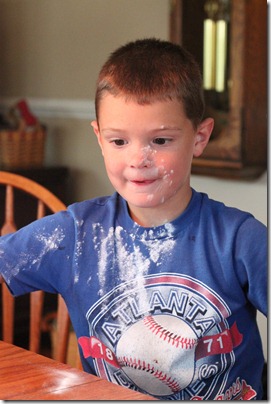
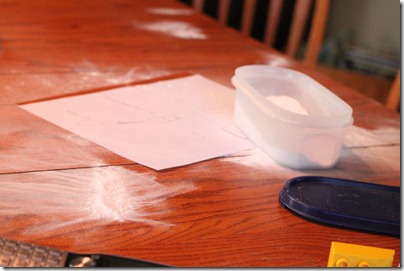
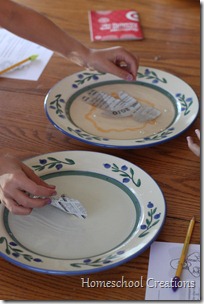
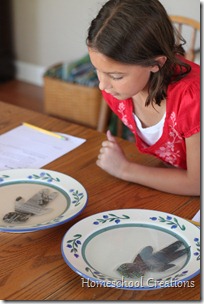
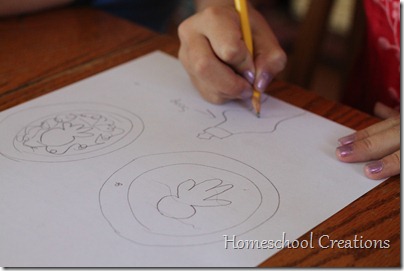
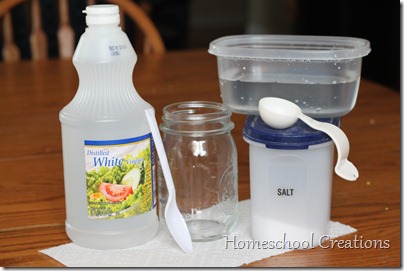
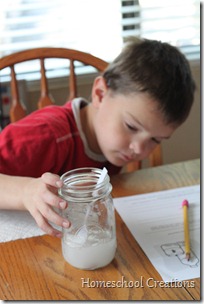
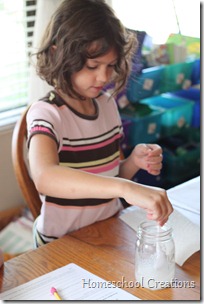
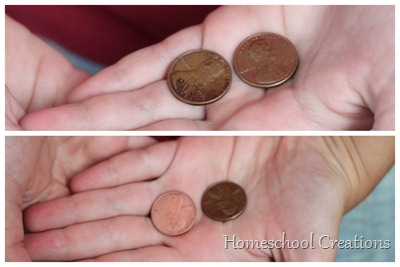
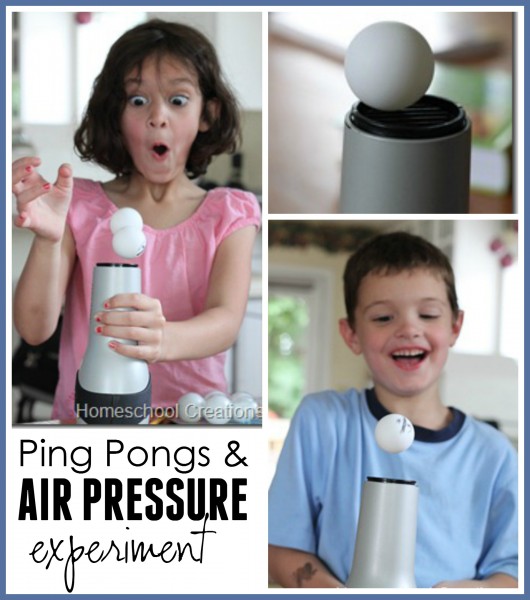
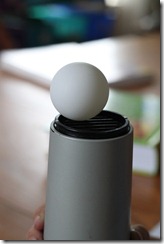


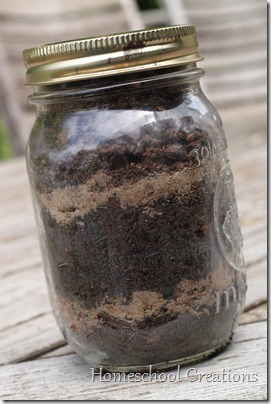
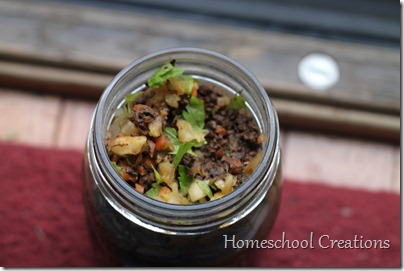
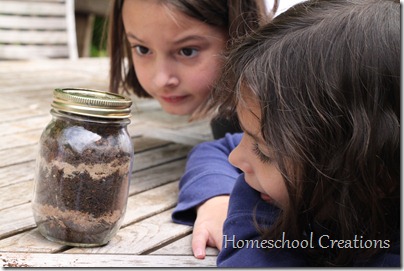
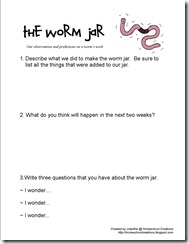
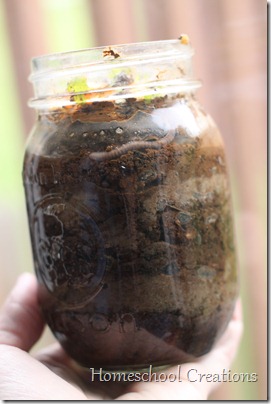




 The printables shared on this site are FREE of charge unless otherwise noted, and you are welcome to download them for your personal and/or classroom use only. However, free or purchased printables are NOT to be reproduced, hosted, sold, shared, or stored on any other website or electronic retrieval system (such as Scribd or Google docs). My printables are copyright protected and I appreciate your help in keeping them that way.
If you download and use some of my printables and then blog about them, please provide a link back to my blog and let me know - I'd love to see how you are using them! Please be sure to link to the blog post or web page and not directly to the file itself. Thank you!
The printables shared on this site are FREE of charge unless otherwise noted, and you are welcome to download them for your personal and/or classroom use only. However, free or purchased printables are NOT to be reproduced, hosted, sold, shared, or stored on any other website or electronic retrieval system (such as Scribd or Google docs). My printables are copyright protected and I appreciate your help in keeping them that way.
If you download and use some of my printables and then blog about them, please provide a link back to my blog and let me know - I'd love to see how you are using them! Please be sure to link to the blog post or web page and not directly to the file itself. Thank you!